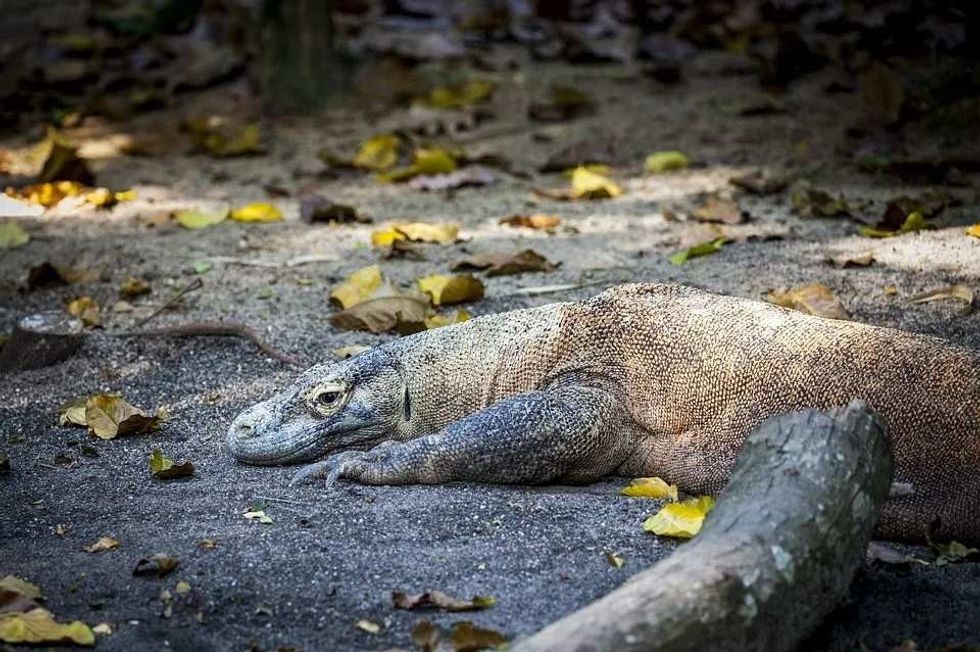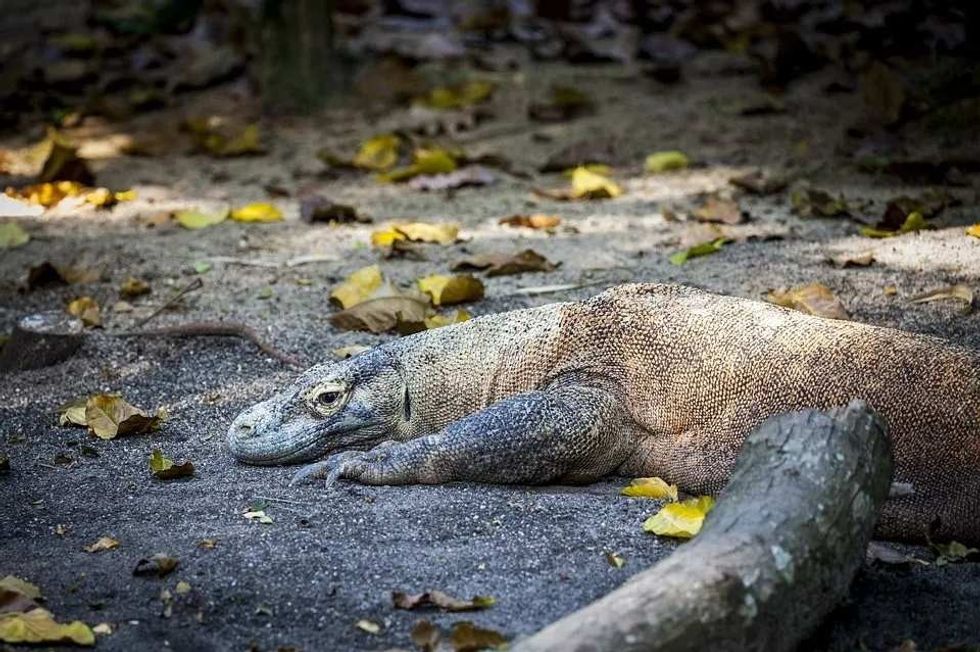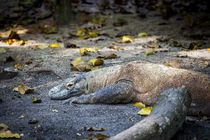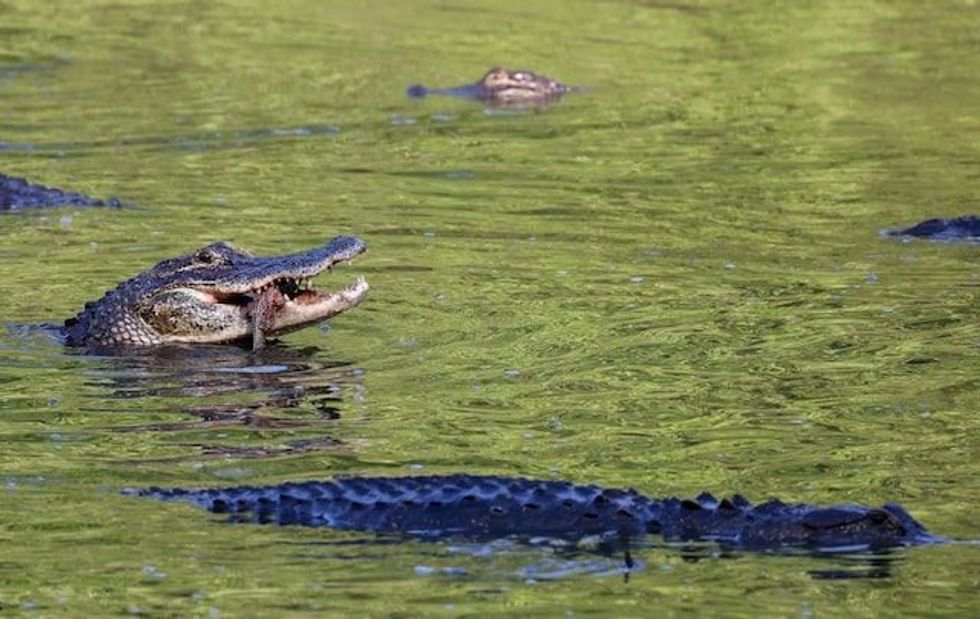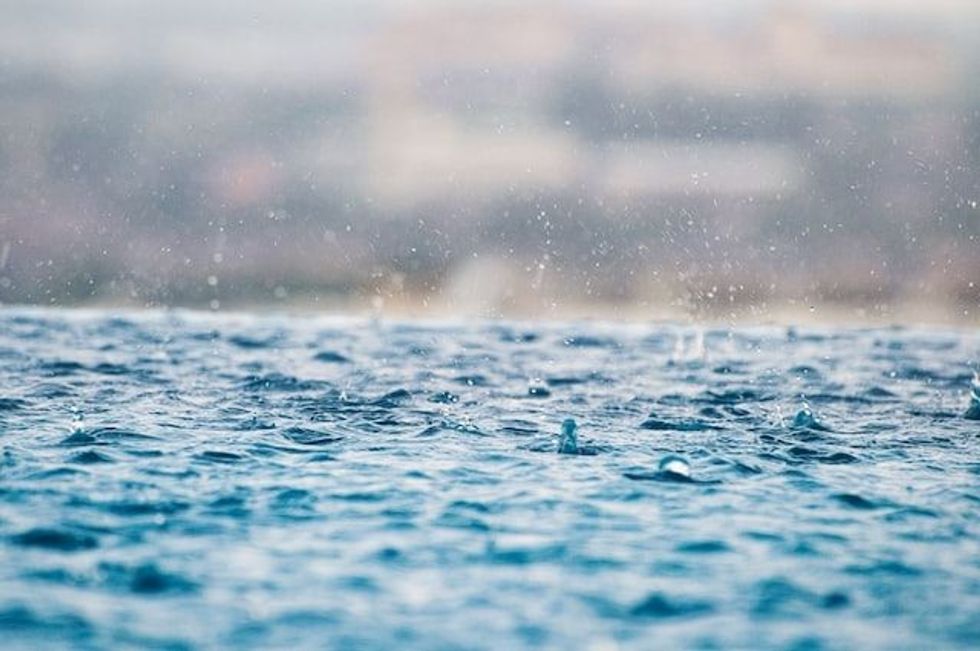121 Facts About Komodo Island That Will Make You Want To Go There

How about a day with dragons?
No, not in your dreams, but in reality. After reading about them and seeing people fighting them in several movies and series, have you ever felt like observing them from a distance without compromising your safety? Read on to learn more!
Once you have finished this article on facts about Komodo Island, discover more about the Galapagos Islands and facts about Prince Edward Island here at Kidadl.
Facts About Komodo Island
Check out these amazing facts about Komodo Island:
- Komodo Island is one of the 17,508 islands that make up the Republic of Indonesia.
- Believed to be around 1 million years old, Komodo is spread over 150.6 sq mi (390 sq km) and houses over 2,000 humans.
- The original inhabitants of the islands, the native Komodo people, became extinct in the '80s.
- As strange as it may sound, dragons are alive even today. Their destination: Komodo Island in Indonesia.
- They are famously called the Komodo dragons. They are the largest lizards on Earth.
- Their average size is 10 ft (3 m) and their average weight is 330 lb (149.7 kg).
- As scary as they sound, they do not breathe fire.
- If you are visiting Komodo Island under the supervision of local guides, you have little to fear.
- Throughout the past, only a few Komodo dragon attacks on humans were reported, from Indonesia and of those, fewer than 10 were fatal.
- So, as long as you remain alert and follow the instructions properly, a trip to Komodo Island is as safe as walking through a zoo.
- After all, if it were unsafe, tourists would not have been allowed there and nobody would have taken the job of a guide at Komodo National Park.
- The ones who should be scared of the Komodo dragons are deer, carrion, pigs, and even water buffaloes.
- A Komodo dragon is a patient creature that mostly relies on camouflage to eviscerate its prey and pass on its venom to its bodies.
- Though the Komodo dragon does not prefer traveling or changing places, the largest lizard in the world can follow its prey for miles while waiting for the venom to do its work.
- These dragons have adapted themselves to the scorching hot, dry climate of the Lesser Sunda Islands, of which the Komodo Islands have been a part for millions of years.
- Though they like to hang in the tropical forests, you can spot them anywhere on the islands.
- A female Komodo dragon reproduces only once a year.
- Just like any other wild animals or reptiles, these Komodo dragons, too, have their own way of wooing each other.
- First, the female Komodo dragon would leave a scent in her poop for the male to trace her down.
- Once the male dragon finds her, he will lick her and scratch her back.
- Only if the female dragon licked him back would they mate.
- Thereafter, the female lays around 30 eggs.
- Sometimes, males even fight with each other to mate with the female Komodo dragon.
- The reason is a dearth of female partners.
- As the female dragons expand their population through asexual reproduction, only male dragons are born.
- This has severely hampered the growth of the dragon population in the Komodo National Park.
- Apart from this, poachers and other people, who clear their habitats, to use them for other purposes are also affecting their population.
- Currently, Komodo dragons are considered endangered species.
- Hence, to protect them, the government of Indonesia set up the Komodo National Park in 1980.
- This national park contains three larger islands and 26 smaller islands.
- Komodo, however, is considered the home island for the dragons.
- Spreading over 434.8 sq. mi (1,126 sq. km) the park is also home to other species like the Timor deer and orange-footed scrub fowl.
- Its rich marine environment has enabled dolphins, sharks, sea turtles, whales, corals, manta rays, and many other tropical fish species to flourish.
- The park has also introduced patrolling services to avert poaching.
- Now identified by UNESCO as a World Heritage Site, conservation efforts are being made to save the Komodo dragons from extinction.
- The officials are doing their bit to spread awareness about all the species found in this park and the importance of their preservation.
- However, it was only in the '10s that a westerner made an effort to trace a Komodo dragon.
- Till then, stories were afloat about a fire-breathing dragon-like animal inhabiting the Komodo Island in Indonesia.
- It so happened that a story of a mysterious creature spread by the Dutch sailors based out of Flores caught the attention of the higher-ups.
- According to those sailors, the dangerous creature was 23 ft (7 m) long and constantly breathed fire. It had a massive body but managed to fly.
- Intrigued by the reports, a Dutch official in Flores, Lieutenant Steyn van Hensbroek, decided to trace this Komodo creature himself.
- He, with a troupe of soldiers, landed on the island in search of the Komodo dragon.
- After a few days of the hunt, he killed one and took the carcass to the headquarters for further investigation.
- There, the dragon measured around 6.9 ft (2.1 m). A striking similarity between a lizard and the dragon’s shape was also noticed.
- Later, the Zoological Museum Director, Peter A. Ouwens, visited the island and took multiple pictures of the dragon. But he was not satisfied with one sample.
- Hence, he recruited hunters, who brought him two dragon carcasses, measuring 11 ft (3.4 m) and 10.2 ft (3.1 m), and two pups measuring below 3.2 ft (1 m).
- After thorough research, Ouwens concluded that the dragons were not the flame-thrower types but monitor lizards, and he published his results in 1912.
- The records maintained by Ouwens are considered the first reliable source of details of the presently-known Komodo dragons in Indonesia.
- Realizing the importance of the monitor lizards on the Komodo Island, the then Dutch government took steps to protect them in 1915.
- In 1926, a few people collected specimens of the dragon for the American Museum of Natural History.
- One of them, W Douglas Burden, published a book 'Look to the Wilderness' wherein he dedicated a chapter to the dragons (the Komodo Dragons), describing their habitat and behavior.
- Since then, the dragons have somewhat become a living legend.
- Numerous people from several faraway countries have landed in Indonesia to carry out multiple scientific expeditions to find out more about these giant lizards on Komodo Island.
- There is only one more place where you can find these dragons, which is Rinca Island. It is not far away from Komodo and Flores Islands and is counted among the three largest islands that form a part of the Komodo Island National Park. Its scenic beauty and fauna will amaze you.
- Komodo's population mostly comprises descendants of former convicts and those who are connected to the Bugis from Sulawesi.
- Considered super friendly, the Komodo people make a living by fishing and selling handicrafts to the visitors of the Komodo National Park.
- On this island, Islam is the dominant religion, but you can also find congregations of Hindus and Christians.
- To the west of Komodo is the substantially larger island of Sumbawa, and to the east, Flores.
- Made up of savanna, forests, and rusty-red volcanic hills, the Komodo National Park is home to over 4,000 dragon lizards.
- Pieces of coral reef, seagrass beds, and mangrove shrublands surrounding the island are quite popular among divers.
Facts For Tourists
As you plan your trip to Komodo Island, exploring the Komodo Island National Park is a must. Check out these facts if you are planning a trip to this island:
- One of the main attractions of the island is that you do not want to skip it.
- Such is the charisma of this national park that it is counted as one of the new seven wonders of the world.
- Though famous for the Komodo dragons, there are a lot of exciting activities that this park allows.
- Do not disturb the natural habitat of the dragons.
- One of the water activities that has been attracting tourists for years is scuba diving.
- There are plenty of diving sites around Komodo Island that offer you a chance to view the magnificent coral reefs surrounding the island.
- So far, the water in the area is so clean that you can spot some amazing fish of different shapes, sizes, and colors that you have seen only on the silver screens.
- If you are lucky, you can also spot one or two sea turtles and manta rays even in the non-manta zones.
- You can also dive into Manta Points to swim with this spectacular fish.
- Another scuba diving point, which is an hour boat ride away from Komodo Island, takes you to the open sea, where you can spot not only the manta but also an array of colorful fish.
- The scope of underwater adventure that Komodo Island provides is mesmerizing.
- There is Rangko Cave and Batu Bolong, too.
- You can either go on a dive trip or enjoy snorkeling in the blue waters. It's up to you, but in short, if you are a fan of diving, be rest assured that Komodo Island has an incredible diving experience in store for you.
- The Komodo National Park also offers hiking opportunities.
- One of the most sought-after hiking trips is to Padar Island.
- Since the trek is steep and rocky at times, though not long, it’s better to carry your hiking shoes.
- It may take you around 30 minutes to reach the top of the island but the journey is worth the picturesque view you can have from there.
- While on Komodo Island, never miss the sunset.
- And the best way to bask in its soft rays is by taking a boat ride. Relax on the boat as the sky changes its hue from orange, red, and golden to crimson at the time of twilight. You can also go on a diving trip in the golden water at the time of the sunset.
- With the site of the offshore volcanic islands forming the background, this is perhaps one of the best sunset views you can have while in Indonesia.
- As for the boat ride, you can plan it from Labuan Bajo, a small fishing town in Indonesia.
- Spend a day or two on the boat, indulge in the local cuisine of Indonesia with your loved ones, and create a zillion memories for your lifetime in nature’s lap in the Komodo National Park.
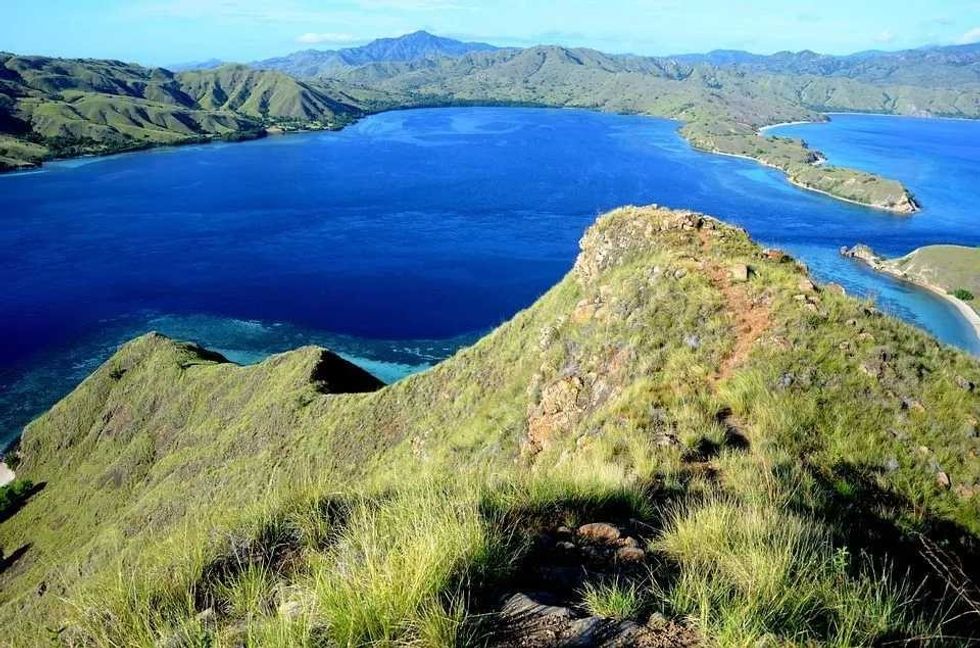
Komodo Island's Ecosystem
Here are some interesting facts about Komodo Island's ecosystem:
- Komodo Island’s ecosystem mostly surrounds the Komodo monitor lizards.
- Dry forests and tropical savanna mostly dominate the islands found in the Komodo National Park.
- Research found over 15 varieties of plants belonging to 11 families on Komodo Island.
- Of them, the Asteraceae, Poaceae, and Fabaceae are the dominating plant families.
- All of them form an integral part of the savanna that has become crucial for the survival of the dragons of Komodo Island.
- However, human intervention has made the conservation of the Komodo ecosystem quite a challenging task.
- Several times, tourists were found feeding the Komodo dragons.
- Studies have hinted that it has affected their natural mating process.
- So much so that in 2019, the government of Indonesia announced it would temporarily close Komodo Island to tourists for the sole purpose of its revival.
- A rise in animal-smuggling activities was one of the reasons that encouraged the authorities to make the announcement.
- Besides, in September 2019, the national park hogged the limelight after news reports emerged that local guides were allegedly encouraging selfies with the Komodo dragon.
- Accordingly, at the beginning of 2020, the island was closed.
- But soon enough it was reopened for tourism as it boosts the economy that in turn helps the locals to keep the remaining numbers of Komodo dragons safe.
- So far, several plans have also been made as part of the conservation program for the island.
- One such plan, which was also controversial, was proposed by Nusa Tenggara Timur Province Governor Viktor Laiskodat.
- He suggested charging the foreign tourists an expensive fee for allowing entry to Komodo Island, raising concerns among the locals about the possible loss of income.
Unique Facts About Komodo Islands
Upon typing 'pink beaches' on the internet, you will find several photos. Here are some unique facts about Komodo Islands:
- While you may think all of them are photoshopped, it's not the case.
- It so happens that pink beaches do exist, and you can find one of them in Komodo.
- Komodo's Pink Beach is located northeast of the island's entry point.
- You can meet Nemo, Dory, and their friends while snorkeling in the sea around the beach.
- The red coral present off the coast is responsible for giving the beach the texture of cotton candy.
- Foraminifera, a microorganism, gives the coral reef its color.
- These pieces of coral then mix with white sand and turn the sand pink.
- Another contributor to the pink sand of the beach is organ pipe coral; to be precise, its skeleton.
- It makes up a more significant part of the Komodo beach.
- This coral is found in the Indo-Pacific region.
- It is soft and contains a calcium carbonate exoskeleton.
- When these corals break down, their skeletons wash to the shore. Calcium carbonate shells mix with the sand and help maintain the individuality of the pink beach.
- If you engage yourself in beachcombing, you will find several such pieces of pipe coral in Komodo.
- This aside, you can find thousands of varieties of fish and around 70 types of sponges on and around the pink beach.
- As it is a secluded beach, not much life is found on it.
- This makes it a perfect gateway away from the hustle and bustle of busy city life.
- After all, who wouldn't like snorkeling or swimming along a pink beach after a day full of activities like hiking and diving?
- Do you know that the pink beach present on Komodo Island in Indonesia is one of only seven such pink beaches in the world?
- However, the pink beach in Komodo is gradually losing its color, mostly due to erosion and tourist intervention. Hence, efforts are made for its conservation.
- The beach, however, does not always look pink. A visit to the pink beach during mid-day can disappoint you.
- As the sun shines directly from the top, its light makes the beach look white.
- But upon a closer look, you will be able to identify the pink shade of the sand.
- The best time to visit the pink beach is late afternoon.
- The low light of the sun and its warm hues properly accentuate the color of the pink beach.
- This time is often considered the best time to capture the pink sand of the beach.
- Surrounding the main beach, you will find several other small pink beaches. Explore a bit and surprise yourself!
- The dragons, pink beaches, scenic driving, hiking sites, and the local cuisine make Komodo National Park, including the Komodo Island, in Indonesia a unique destination for travel buffs around the world.
Here at Kidadl, we have carefully created lots of interesting family-friendly facts for everyone to enjoy! If you liked our suggestions for 121 facts about Komodo Island that will make you want to go there, then why not take a look at facts about the Caribbean islands or Easter Island statues facts.
We Want Your Photos!
More for You
Bachelor of Arts specializing in Linguistics

Martha MartinsBachelor of Arts specializing in Linguistics
Martha is a full-time creative writer, content strategist, and aspiring screenwriter who communicates complex thoughts and ideas effectively. She has completed her Bachelor's in Linguistics from Nasarawa State University. As an enthusiast of public relations and communication, Martha is well-prepared to substantially impact your organization as your next content writer and strategist. Her dedication to her craft and commitment to delivering high-quality work enables her to create compelling content that resonates with audiences.
Disclaimer
1) Kidadl is independent and to make our service free to you the reader we are supported by advertising. We hope you love our recommendations for products and services! What we suggest is selected independently by the Kidadl team. If you purchase using the Buy Now button we may earn a small commission. This does not influence our choices. Prices are correct and items are available at the time the article was published but we cannot guarantee that on the time of reading. Please note that Kidadl is a participant in the Amazon Services LLC Associates Program, an affiliate advertising program designed to provide a means for sites to earn advertising fees by advertising and linking to Amazon. We also link to other websites, but are not responsible for their content.
2) At Kidadl, we strive to recommend the very best activities and events. We will always aim to give you accurate information at the date of publication - however, information does change, so it’s important you do your own research, double-check and make the decision that is right for your family. We recognise that not all activities and ideas are appropriate for all children and families or in all circumstances. Our recommended activities are based on age but these are a guide. We recommend that these ideas are used as inspiration, that ideas are undertaken with appropriate adult supervision, and that each adult uses their own discretion and knowledge of their children to consider the safety and suitability. Kidadl cannot accept liability for the execution of these ideas, and parental supervision is advised at all times, as safety is paramount. Anyone using the information provided by Kidadl does so at their own risk and we can not accept liability if things go wrong.
3) Because we are an educational resource, we have quotes and facts about a range of historical and modern figures. We do not endorse the actions of or rhetoric of all the people included in these collections, but we think they are important for growing minds to learn about under the guidance of parents or guardians.
